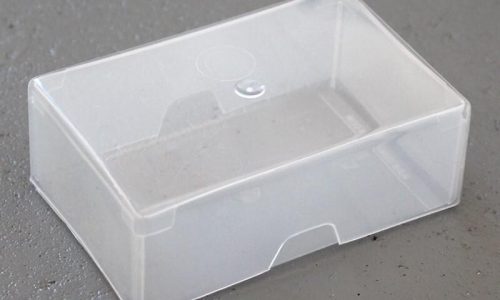Diagnostics
Genetic testing is the best way to confirm a diagnosis in a patient with signs or symptoms suggestive of a genetic disease. It refers to the analysis of the gene itself, and it identifies the specific disease causing the mutation. Genetic testing can also predict a person’s risk of developing a disease. The diagnosis of Spinal Muscular Atrophy(SMA) begins after the sudden or gradual onset of specific symptoms. During the physical examination, the physician will obtain a complete medical history of the patient, and he/she may also ask if there is a family history of any medical problems. If the clinical examination points towards SMA, then genetic diagnosis is done. We at MDCRC have been offering genetic diagnosis for the past 6 years. All our methods/techniques are as per International Best Practice Guidelines. At MDCRC, only invasive procedures are carried out. A volume of 3-5 ml of blood in EDTA(purple cap) tubes is required labeled with appropriate details. DNA is extracted from these tubes and is used for subsequent genetic testing.
Detection Of Homozygous Deletion Of SMN1
The first step is the SMN1 gene deletion test. Polymerase Chain Reaction-Restriction Fragment Length Polymorphism is the most commonly used qualitative method for the deletion detection. Two homologue copies of the SMN gene are playing a central role in SMA: SMN1 and SMN2 which are identical except mutations in exons 7 & 8. The deletions in SMN1 exon 7 are of functional relevance to the disease, while the deletions in SMN2 only correlate with severity. Somebody who lacks both functioning copies of SMN1 is always a patient, whereas SMA carriers with a single copy of the SMN1 gene are symptom-free. Approximately 95-98% of patients with the clinical diagnosis of SMA lack both copies(homozygous deletion) of SMN1 exon 7(and exon 8 in the majority of cases). Reports containing deletion information will be issued within 3-4 weeks from when the sample was received.
Detection Of Compound Hetero-zygotes
In only a minority of SMA patients(2-5%), there is an SMN1 deletion of exon 7 on one of their alleles and an intragenic point mutation of the SMN1 gene on the other allele. These patients are called compound heterozygous, Point mutations may be dispersed all over the SMN1 gene. Non-quantitative methods such as PCR-RFLP do not detect the copy number of the gene and hence cannot be used for detection of compound heterozygotes that have point mutations. For cases which are negative from PCR-RFLP, a quantitative technique is used to confirm whether the person has a heterozygous or a homozygous deletion. Multiplex Ligation Probe Amplification(MLPA) is the most commonly used method for the remaining 2-5%. If the deletion is heterozygous, it is taken for sequencing to detect point mutations. Results from MLPA analysis and sequencing for diagnostics are available for research purposes only. MLPA can also be used to detect the copy number of the SMN2 gene which correlates with the severity of the disease. Reports containing information from MLPA and sequence analysis will be issued within 3- 4 months from when the sample was received.
























